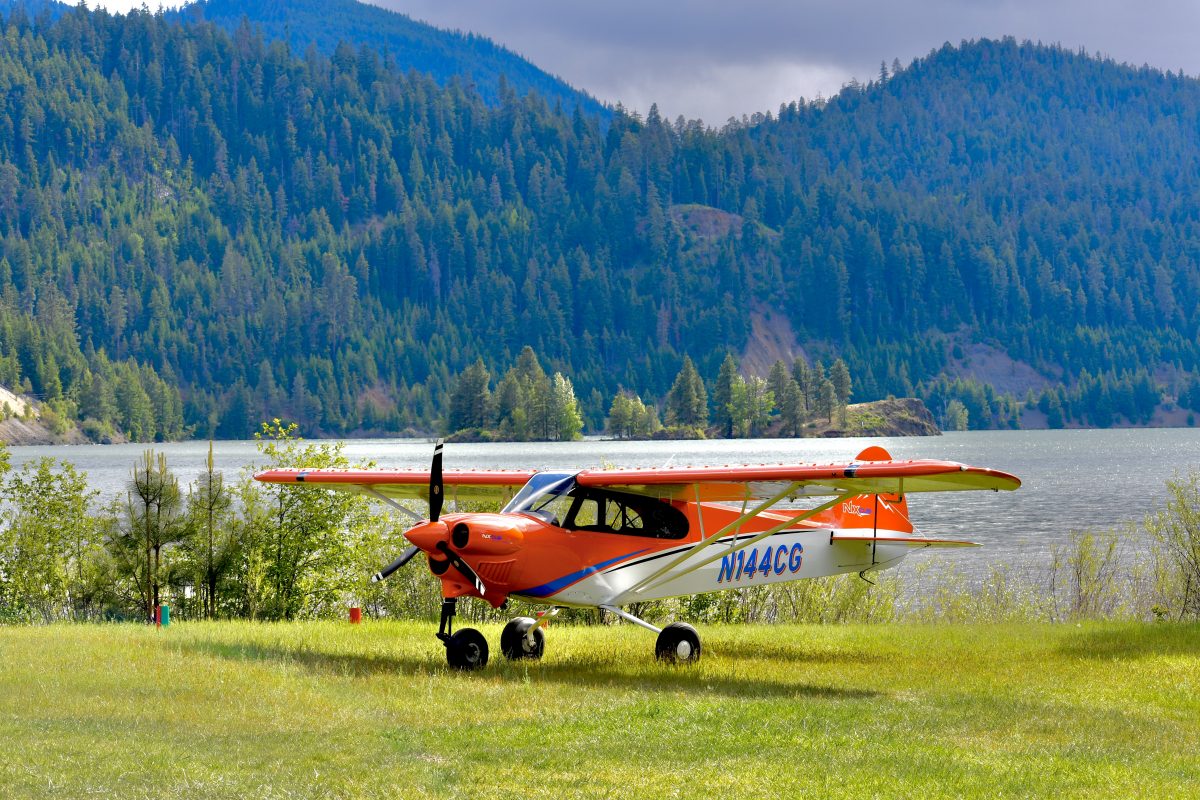
Do you have a case of spring flying fever? You’re not alone! As the weather warms up, it’s prime time for general aviation pilots to take their aircraft out of winter hibernation and return to the skies. But despite all the benefits spring has to offer, this season can also present some unique flying challenges.
Stay safe and keep these tips in mind when planning your next spring flight:
Weather-wise, spring is notoriously unpredictable. Depending on the location, you could encounter anything from thunderstorms and floods to tornadoes and even snow. Luckily, there’s an abundance of weather apps and tools available to help pilots plan effectively and avoid surprises. When setting personal minimums, be honest with yourself about your proficiency and skill level. Because conditions can change quickly in the springtime, always have a backup plan or alternate in case you run into poor weather.
During the rainy spring season, it’s important to be aware of wet or flooded runway conditions and the risk of hydroplaning. Hydroplaning happens when a layer of water builds between a tire and the ground, leading to a loss of traction and control. Be aware of the runway characteristics and conditions at your destination and approach with caution on wet days. Keep in mind that while grooved runways help provide better drainage and traction, hydroplaning can still occur. Another tip is to make sure your aircraft’s tires are properly inflated to help prevent hydroplaning.
The spring season is known for strong winds, which can cause a lot of headaches when it’s time to land. A crosswind occurs when the wind is blowing perpendicular to the runway centerline. Extreme crosswinds have sent airplanes off runways and even flipped them upside down. It pays to challenge yourself and practice crosswind landing techniques on a long runway with an instructor until you’re more confident. If you’re confronted with crosswind conditions that exceed your personal limits (or the limits of your aircraft), it’s best to go around or divert to another airport.
Animal activity tends to ramp up in the warmer months, especially when it comes to migratory birds. About 90 percent of bird strikes occur at or near airports, usually during takeoffs or landings. Keep your eyes peeled for signs of birds nesting in and around your aircraft during every preflight. Before landing, check NOTAMs for reports of bird activity near the airport.
Other wildlife such as deer, skunks, bats, turtles, and even coyotes can also pose major hazards at more rural airports. If you do encounter a bird strike or other wildlife incident, focus on controlling the airplane. Once you’re safe, fill out a wildlife incident report to provide helpful information for the FAA’s ongoing wildlife hazard prevention efforts.
No matter how “minor” an incident may appear, prop strikes should never be ignored. There may be hidden damage to the propeller, governor, and other internal components that can lead to engine failure. Have your prop inspected by a certified propeller repair station to determine if an overhaul is necessary.
If it’s been a while since your last flight, be sure to take the time to brush up on your skills with an instructor or a trusted pilot riding along. You could use the opportunity to earn a new certificate or rating or learn to fly a new airplane type. Spring is also a great time to introduce family and friends to the joy of general aviation!
Do you have any spring flying tips to add? Let us know on Facebook or Twitter.